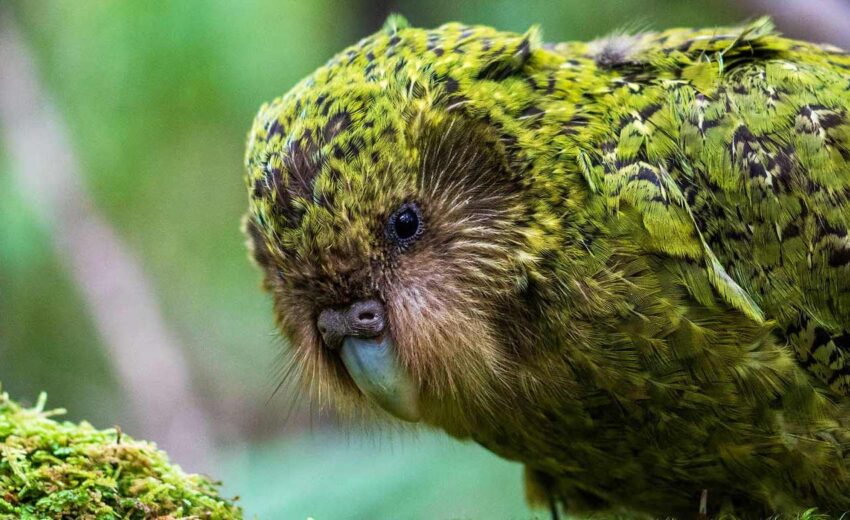The kakapo, aka the owl parrot or night parrot, is a parrot that can only be found in New Zealand. This bird is Critically Endangered, and is the primary focus of a large conservation
- Zoology
- Daily Critter Facts
- For Teachers
- Study Guides
- Animal Diseases & Parasites
- Contact

